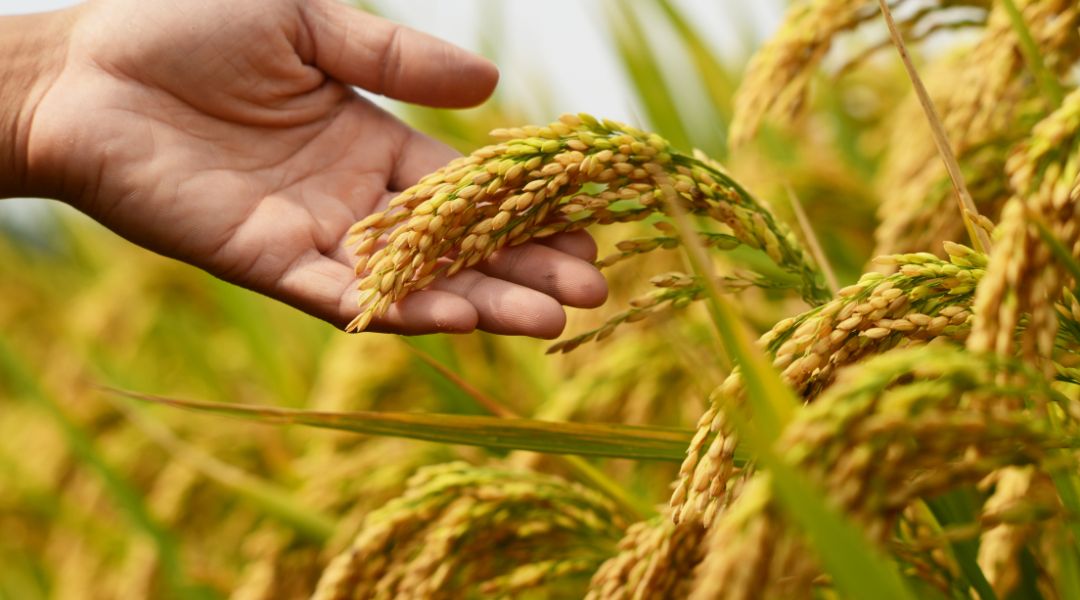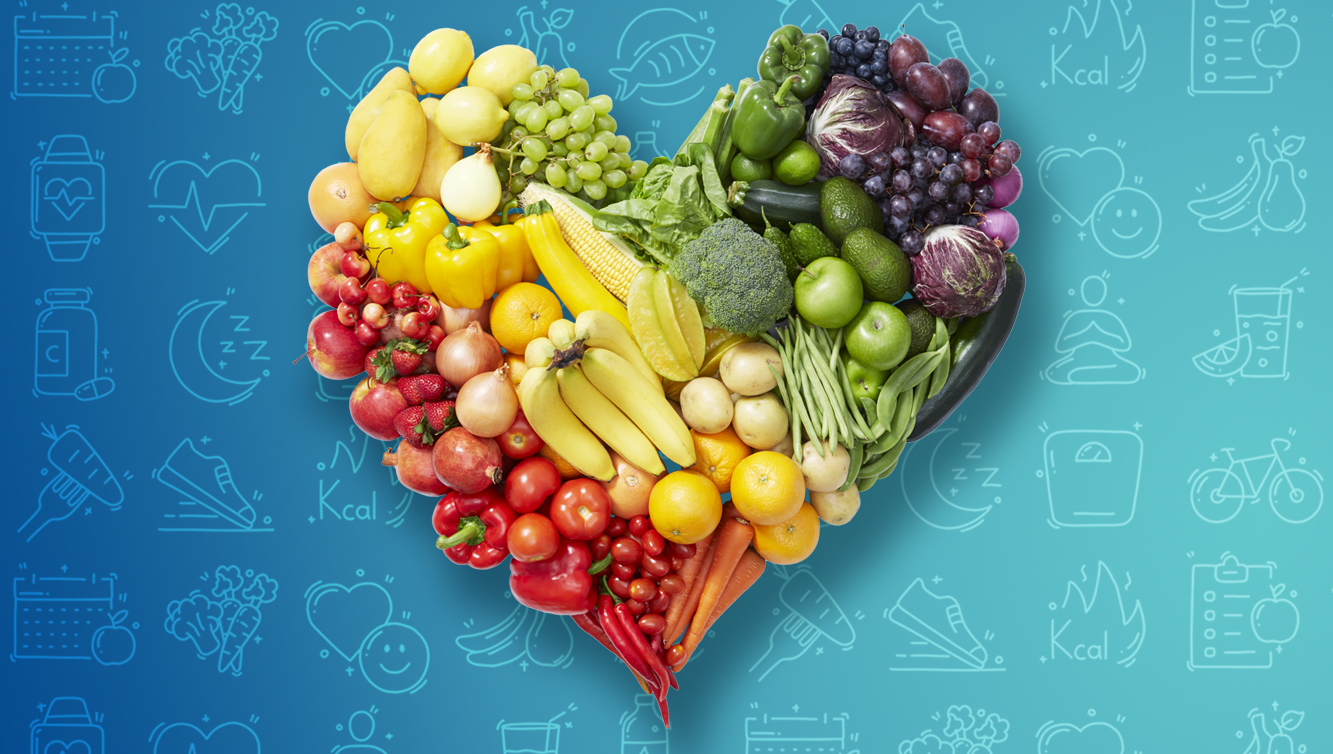
Food insecurity is on the rise. Worsened by a complex web of challenges including climate change, war and conflict, economic shocks and human displacement, food insecurity is increasingly impacting every corner of the globe. According to the FAO, healthy diets are unaffordable or inaccessible for approximately 3.1 billion people; almost four in ten people worldwide. To tackle this injustice and its impacts on livelihoods, radical change is needed.
What is food insecurity?
Food insecurity is defined as a person or community that lacks regular access to safe, plentiful, and nutritious food to lead an active and healthy life. Food insecurity can be experienced at different severity levels and is primarily caused by the unavailability of food or a lack of resources to obtain food.
As a result, food insecurity can lead to hunger, malnutrition, and other long-term impacts on physical and mental health and livelihoods. For those who are food insecure, sacrifices are often made for other basic needs, meaning the most readily available or cheapest foods form the majority of their diet, which is often unhealthy and highly processed products. Children facing hunger, food insecurity and undernutrition today may have a higher risk of overweight, obesity and chronic diseases like diabetes later in life.

How do we tackle food insecurity?
There is no ‘one size fits all’ approach to tackling food insecurity. The challenges are complex, interconnected and often contextual to region and, therefore, so too should the solutions be. Through a combination of political, economic, and technological interventions, food insecurity can be tackled at different levels and stages.
Here are 4 ways to tackle food insecurity:
1. Reducing unnecessary food waste
With up to 40% of all food grown going uneaten, the opportunity to save this food and reduce food insecurity is clear. Intervention is needed to ensure healthy food is not lost or wasted along the supply chain and, ultimately, finds its way to consumers who should also be supported in reducing personal food waste. Innovation in food production, storage, distribution, and consumption can help to alleviate this pressure on food systems and prevent unnecessary wastage or spoiling.
2. Increasing education and knowledge sharing about food insecurity
Education is often the key to driving change. By better informing people about the challenges at hand, solutions are easier to create. And this must include young people. As the future leaders and stakeholders of our food system, young people are central to the development and scaling of new food insecurity solutions.
3. Diversifying protein sources
One of the primary causes of food insecurity is lack of access to healthy and affordable foods. Although food may be available for a person or a community, the food included in that definition may not be healthy or diverse enough to form a balanced diet. To tackle this, new and improved food sources are often needed, particularly when it comes to proteins.
Proteins are necessary for growth and development and are found in animal and plant foods, which can often be the most expensive food groups. Innovation can help to find affordable alternatives but requires greater investment and new regulatory systems to bring prices of technology and production down and to increase accessibility.
4. Amplifying activism and supporting vulnerable populations
To tackle food insecurity, we need advocacy, activism, and greater support for vulnerable communities. It is important to work alongside decision- and policymakers and amplify the demand for change from industry and consumers. That way, policy, innovation, and economic interventions can be introduced to help reduce the severity of food insecurity. Support should be tailored and focused, whether it be for cultural, socioeconomic or climate-related reasons, for example.




